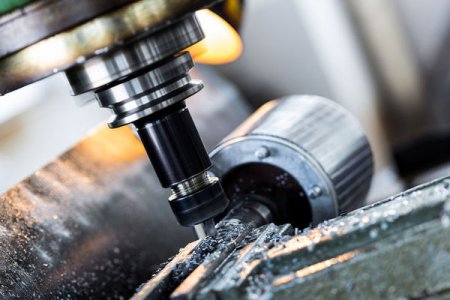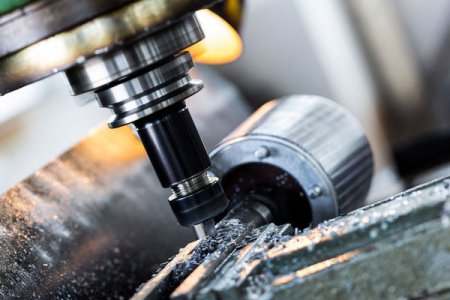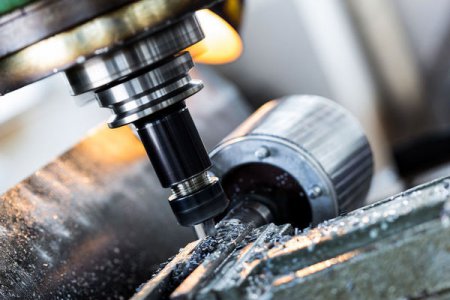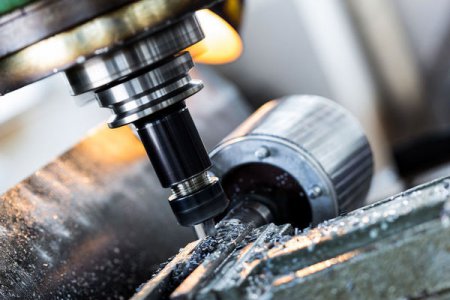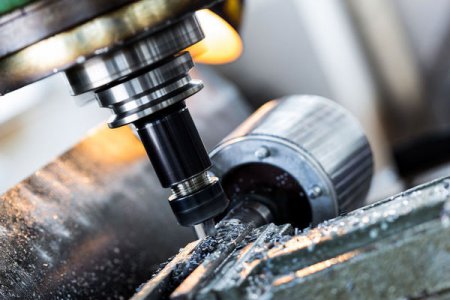- Joined
- Sep 22, 2010
- Messages
- 7,222
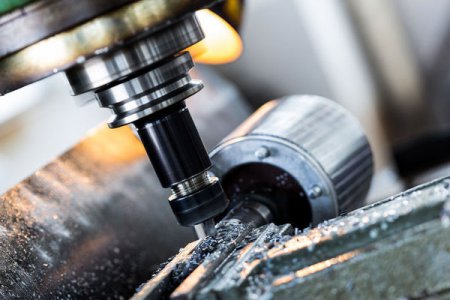
Tools that rely on computer numerical control, or CNC, setups can accurately produce prototypes and projects from a set of plans entered into a computer. CNC mills quickly carve through wood and other materials to produce three-dimensional shapes, and some systems can deliver exceptionally detailed models and pieces for other projects. Building your own CNC mill takes some time, but it can dramatically cut down on the costs of purchasing a new premanufactured version.
Locate and Print a Pattern
Locate or purchase a pattern for the parts for your CNC mill. Patterns for these milling machines should include exact measurements for each piece as well as designs that you can print and place on MDF wood or plastic to create the essential components of your machine. Use a high-quality printer to print the patterns full-sized for accurate results, or pick up a set of plans that include preprinted patterns, along with instructions for specific components.
Cut Out the Pattern
Use a high-quality adhesive to stick the pattern pieces to the composite wood or plastic sheet you plan to use for the CNC mill parts. Take care to ensure the pattern pages lie completely smoothly over the surface of the material. Wrinkles in the pages can dramatically affect the final dimensions, resulting in pieces that require reworking or replacement during assembly. Carve the pieces out of the pattern using a jigsaw. Do not remove the pattern from the cut pieces at this stage.
Drill Holes
Use a high-powered drill to create holes with the diameters specified on the pattern at each spot shown on the pattern. Since the pattern pages should still be adhered to the sides of the pieces, you can drill directly through the sheet and material to create places for screws and bolts. Take care to keep all holes as straight as possible, especially if you are using plans that only include one sheet of preprinted patterns. Use a light solvent or warm water to remove the remaining pattern material after you finish drilling all of the holes.
Assemble the CNC Mill
With the pieces completely cut and drilled out, assemble the parts using the pattern. Most patterns and plans call for a wrench and screwdriver, at minimum, to complete assembly. Remember to bolt in the motors and controllers that move the mill and interact with the software as well as any additional components called for by the plans you select. Most CNC mills operate on a three-axis system, which allows for modification of height, width, and depth. This means that most systems also require multiple motors and milling components.
Add Wiring and Configure
Attach the wiring and connectors as required by the motors and moving parts of the plans you use. Install the CNC software on a nearby computer, and configure the setup based on the instructions for the software. Many CNC systems have single, plug-and-play setups that connect to specific components installed alongside the motors, and available motors and plans may suggest specific operating programs or connector types for the best results. Upon assembling and configuring the CNC mill, run a test set of plans through the system to determine its accuracy, and make adjustments to the configuration as needed.
How to Buy a CNC Mill on eBay
Purchase a premanufactured CNC mill or the parts you need to build your own on eBay. Search fields deliver accurate results for many crucial parts and systems, and you can use the search filters located on the left side of each results page to quickly narrow options by price or auction type.
